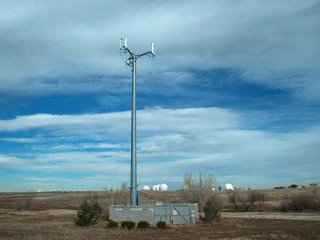
If you have the choice to buy one product at the same cost, one has the upgrade ability while the other does not, most likely you will choose the former one. This is the current trend of the electronics product, which includes the big-market consumer products. More and more electronics product designers intend to put in some effort to provide the field programmability platform for their products.
Nowadays, due to the nature of the highly-competitive business world, time-to-market becomes utmost critical. If you can rollout your products faster than your competitors, your products are likely to be emerged as the product winner because your product gains the market faster than anyone else. Although your product is rolled out with the fundamental features required, the users can upgrade your product with the latest features and firmware later after purchase. This is possible if your product has the field programmability feature and this can be done using a FPGA or even CPLD. Cool huh?
Due to this reason, don’t forget to check if the electronics stuff that you are interested provides any feature upgrade ability. If you already have purchased some electronics stuff with the feature upgrade ability, then don’t miss out the latest version of features for your electronics stuff. The reason is simple; you have already paid for all the future upgradeable cool features from the moment you paid for it. Another reason you should upgrade to the latest features is the current features may have bugs and therefore don’t work well. Anyway, when you find out that the latest features fix the previous version bugs, don’t blame the engineers because the stakes is too high, the schedule is so tight and the time-to-market is getting shorter and shorter!
Actually, the field programmability is not only limited to consumer products. A very good example of the importance of field programmability is for the base station used in cell-phone communication. Base station is the radio transmitter and receiver which transmits and receives all of our calls to or from our cell-phones in a particular area (which is also called cell). We all realize that cell-phone technology upgrades very fast and the base stations just have to catch up with the latest technology used. Imagine what would happen if the base stations don't have the field programmability? I believe it would cost the telecommunication companies a lot just to keep their base stations updated with the latest features in the cell-phone technology! Just think about the base stations located high on the mountains you will know what I mean.
If you are still not sure with what I am trying to bring out here, there is a good and simple reference design for you to read, of course, provided that if you are interested to know more. This reference design targets the Altera Stratix FPGA which has the remote update configuration feature.
That’s why everybody loves field programmability!


